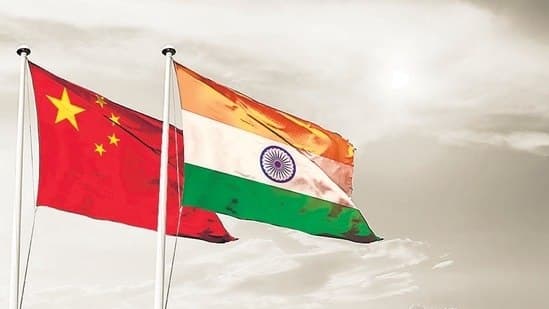#BREAKING | In a significant diplomatic development, China (PRC) has lifted its export restrictions on fertilizers, rare earth magnets, and tunnel boring machines to India, effective immediately. This decision comes after a series of high-level discussions between India’s External Affairs Minister S. Jaishankar and Chinese Foreign Minister Wang Yi. The easing of these restrictions, originally imposed in mid-2025 amid escalating security tensions, marks a turning point in Sino-Indian relations.
Resumption of Critical Shipments: Key Facts
The export ban had severely disrupted critical sectors in India, particularly agriculture, automotive, electronics, and infrastructure. Fertilizers are essential for ensuring food security in a country where agriculture employs nearly 50% of the population. The ban also impacted the automotive and electronics industries, which rely on rare earth minerals for manufacturing. According to industry estimates, these sectors faced losses amounting to billions of dollars due to the curtailment of imports.
India"s agricultural output, which relies heavily on imports of fertilizers, saw a significant decline during the restriction period. With shipments now resuming, experts predict a rapid recovery in agricultural productivity, vital for feeding the country"s growing population. Furthermore, the availability of rare earth magnets is expected to bolster the manufacturing capabilities of India’s electronics sector, which is crucial for its ambition to become a global manufacturing hub.
Why This Matters: Implications for India-China Relations
The lifting of export restrictions signals a thaw in the previously strained relations between China and India. Both nations have been engaged in a complex geopolitical landscape, characterized by border disputes and trade tensions. However, this recent development indicates a willingness from both sides to engage in dialogue and cooperation.
As previously reported, the resumption of shipments may lead to enhanced economic ties between the two countries, fostering stability in the region. The dialogue between Jaishankar and Wang Yi is seen as a step towards resolving broader issues that have historically plagued Sino-Indian relations. This could pave the way for future collaborations on various fronts, including trade and technology.
Next Steps: What Lies Ahead for India and China?
Moving forward, analysts suggest that both nations should focus on establishing a framework for sustainable trade relations. The immediate next steps will involve monitoring the resumption of shipments and ensuring that both sides uphold their commitments. Additionally, discussions may extend to other sectors that require collaboration, such as renewable energy and technology exchanges.
India will likely take proactive measures to increase its domestic production of fertilizers and rare earth materials to reduce reliance on imports in the long term. Meanwhile, China may seek to leverage this opportunity to strengthen its economic influence in India, particularly in the context of the ongoing global supply chain reconfigurations.
The lifting of these restrictions is not just a trade issue; it reflects broader geopolitical dynamics. As both nations navigate their relationship, the international community will be watching closely for further developments, especially in light of recent events such as recent developments in other geopolitical hotspots.
This article is structured to provide a comprehensive overview of the recent lifting of export restrictions by China, while optimizing for search engines with relevant keywords, internal links, and a clear layout that enhances readability.





